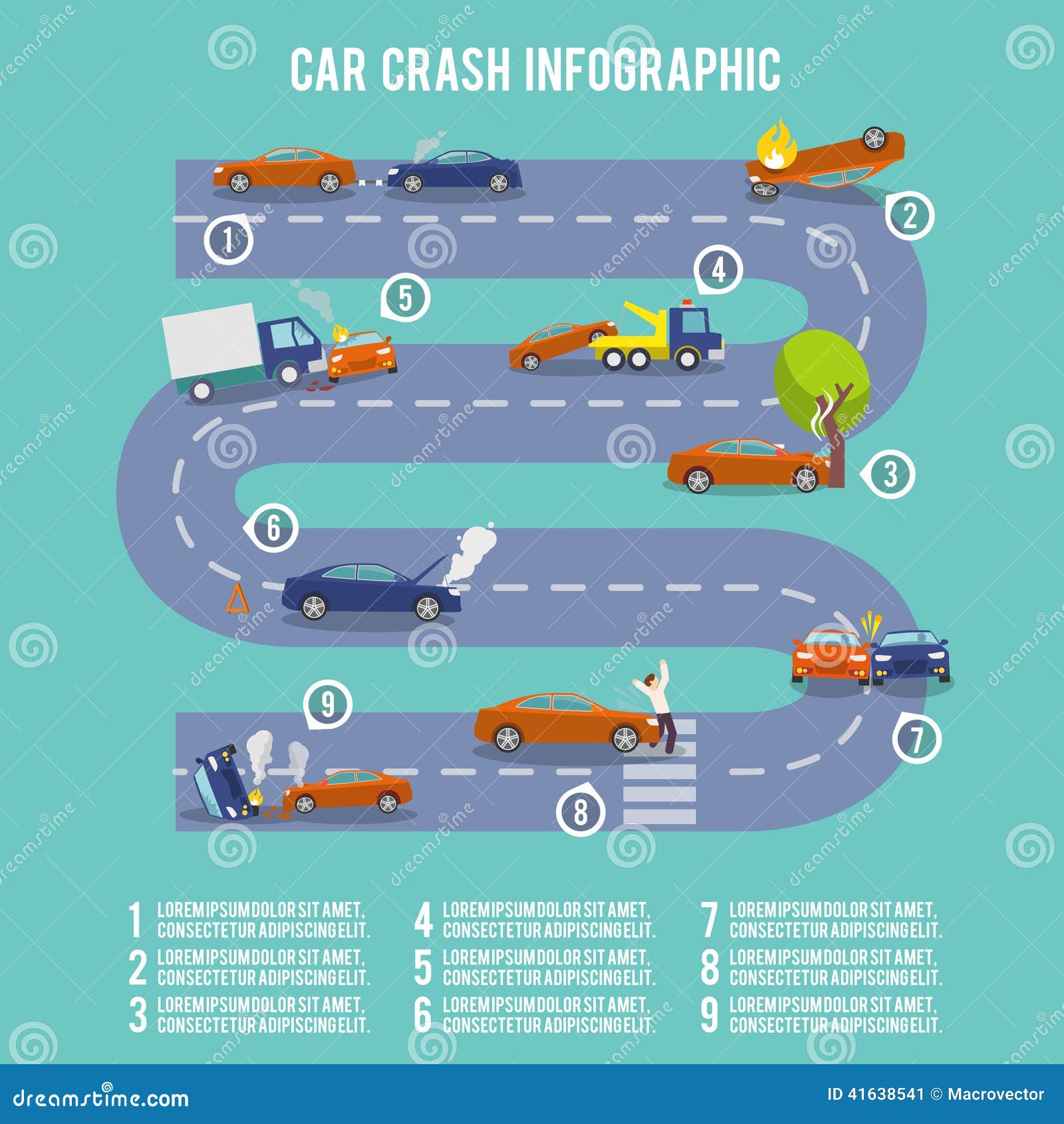Recognizing Your Car'S Warning Lights: What Do They Actually Mean?
Recognizing Your Car'S Warning Lights: What Do They Actually Mean?
Blog Article
Article By-Termansen Torres
When you lag the wheel, those beautiful warning lights on your control panel can be a bit puzzling. Do you know what they're attempting to tell you concerning your vehicle's health? Comprehending the importance of these lights is important for your security and the long life of your car. So, the following time one of those lights appears, would not you wish to decode its message accurately and take the necessary actions to resolve it?
Common Warning Lighting and Interpretations
Identify common warning lights in your auto and recognize their significances to guarantee safe driving.
The most typical caution lights consist of the check engine light, which indicates concerns with the engine or emissions system. If this light begins, it's crucial to have your car inspected immediately.
The oil stress warning light shows low oil pressure, needing immediate focus to prevent engine damages.
A flashing battery light may suggest a defective charging system, possibly leaving you stranded otherwise attended to.
The tire stress tracking system (TPMS) light informs you to low tire stress, influencing car stability and gas performance. Disregarding this can bring about dangerous driving conditions.
The abdominal muscle light suggests a problem with the anti-lock braking system, compromising your capacity to quit swiftly in emergency situations.
Finally, the coolant temperature warning light warns of engine overheating, which can lead to extreme damages if not resolved swiftly.
Recognizing these common warning lights will certainly assist you attend to concerns quickly and maintain secure driving problems.
Importance of Prompt Interest
Comprehending the typical caution lights in your vehicle is only the first step; the relevance of quickly dealing with these cautions can not be stressed enough to ensure your safety when driving.
When a caution light brightens on your dashboard, it's your car's means of communicating a potential concern that requires interest. Neglecting these cautions can cause a lot more serious problems down the road, jeopardizing your safety and potentially costing you a lot more in repairs.
Motivate interest to cautioning lights can prevent break downs and accidents. For just click the following internet page , a flashing check engine light might indicate a misfire that, if left neglected, could trigger damages to the catalytic converter. Addressing this promptly can save you from a pricey repair work.
In a similar way, a brake system alerting light might signify low brake liquid or worn brake pads, critical components for your safety and security when driving.
DIY Troubleshooting Tips
If you discover a caution light on your control panel, there are a few DIY fixing pointers you can try prior to looking for specialist help.
The first step is to consult your car's handbook to understand what the particular caution light suggests. Often simply click the up coming website page can be as simple as a loose gas cap activating the check engine light. Tightening up the gas cap might settle the trouble.
An additional usual concern is a reduced battery, which can cause various warning lights. Inspecting the battery links for rust and ensuring they're safe and secure might repair the problem.
If a warning light persists, you can try resetting it by disconnecting the car's battery for a few mins and after that reconnecting it. In addition, inspecting your lorry's liquid degrees, such as oil, coolant, and brake fluid, can aid fix advising lights associated with these systems.
Verdict
Finally, recognizing your automobile's warning lights is crucial for keeping your lorry running smoothly and securely. By immediately dealing with these notifies and knowing what they imply, you can prevent costly repair services and potential breakdowns.
Keep in car paint correction to consult your automobile's handbook for certain details on each cautioning light and act accordingly to guarantee a trouble-free driving experience.
Keep educated, remain secure on the road!
